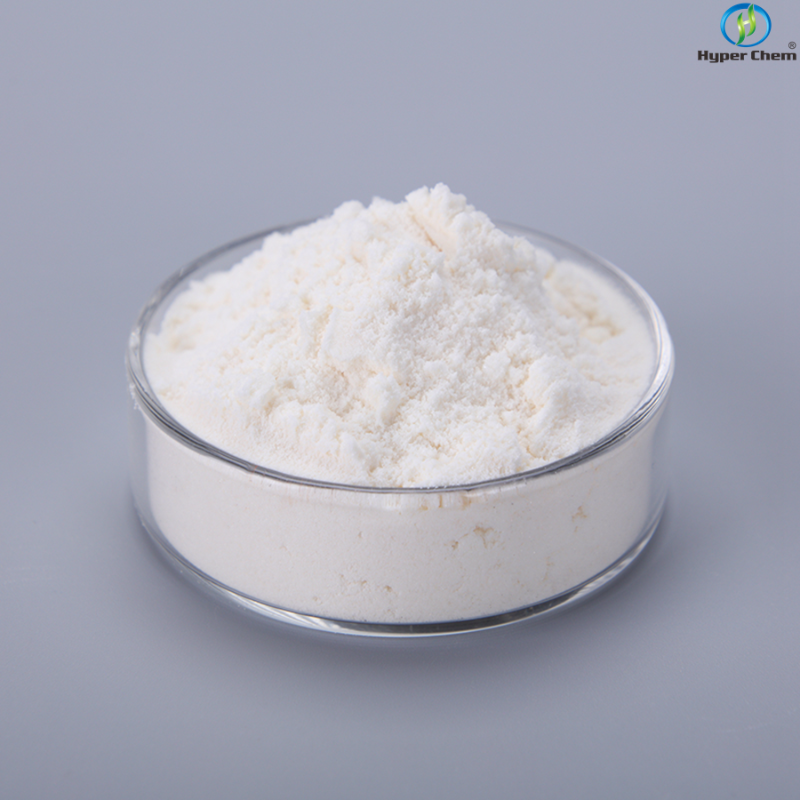-
Categories
-
Pharmaceutical Intermediates
-
Active Pharmaceutical Ingredients
-
Food Additives
- Industrial Coatings
- Agrochemicals
- Dyes and Pigments
- Surfactant
- Flavors and Fragrances
- Chemical Reagents
- Catalyst and Auxiliary
- Natural Products
- Inorganic Chemistry
-
Organic Chemistry
-
Biochemical Engineering
- Analytical Chemistry
-
Cosmetic Ingredient
- Water Treatment Chemical
-
Pharmaceutical Intermediates
Promotion
ECHEMI Mall
Wholesale
Weekly Price
Exhibition
News
-
Trade Service
Glucocoderosterone (GC) resistance remains a clinical challenge for acute lymphoblastic leukemia (ALL) in children, and reactgenia to GC is a reliable predictive indicator.
to clarify the path of GC drug resistance, Roderic and others conducted survival-based genome-wide shRNA screening in mice with acute T lymphoblastic leukemia (T-ALL) cells.
finally identified genes that interfered with cAMP signaling and expressed the downward gene in GC-resistant or relapsed ALL patients (272 genes expressed downwards in patients with recurrent leukemia and 369 genes expressed significantly lower in GC drug-resistant patient samples).
whether in and out of the body, silent cAMP activation of the bird's bean nucleotide binding protein (alpha stimulation Gnas gene) can interfere with GC-induced gene expression, leading to dexamisone resistance.
researchers have confirmed that cAMP signaling and desemethone work together to increase the death of GC-resistant human T-ALL cells.
In addition, the researchers found that prostatin E recepposer 4 was expressed in T-ALL samples and demonstrated that prostin E2 (PGE2) increases in-cell cAMP, enhances GC-induced gene expression, and makes T-ALL samples sensitive to desermison.
findings suggest that PGE2 is the target for making recurrent children T-ALL more sensitive to GC.
.







